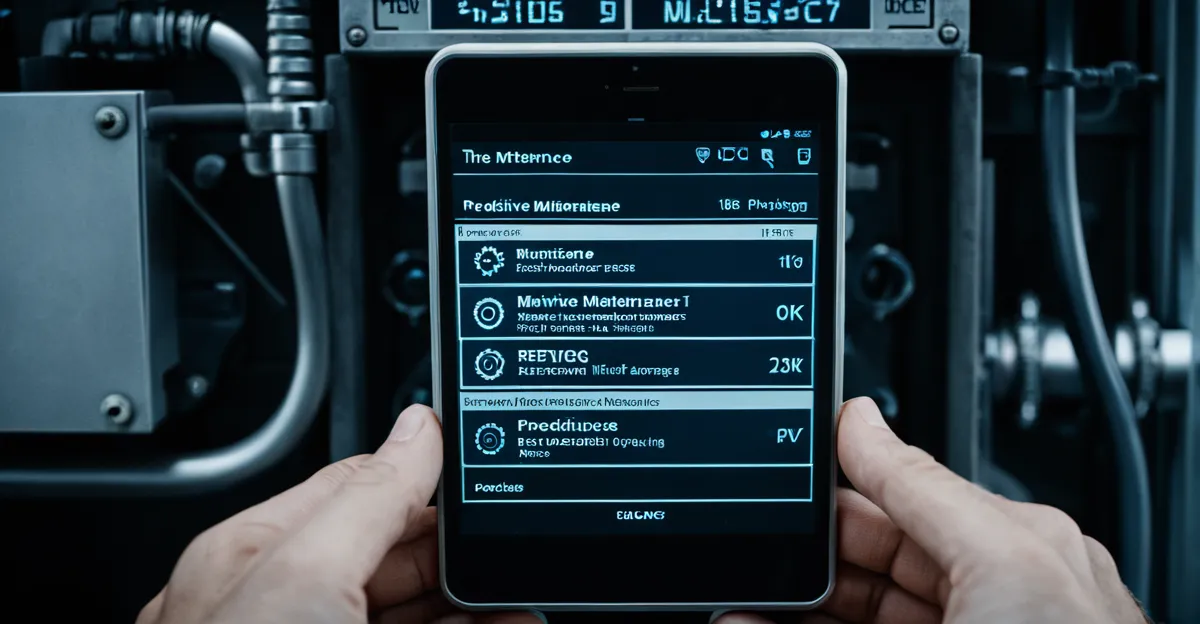Predictive maintenance alerts transform equipment upkeep by signalling issues before failure occurs. By analysing real-time sensor data and historical records, they optimise repair timing, reduce downtime, and cut costs. This proactive approach replaces wasteful schedules with precise interventions, enhancing operational reliability across industries while easing maintenance burdens and boosting productivity.
Essentials of Predictive Maintenance Alerts: Purpose, Operation, and Industry Impact
At its core, predictive maintenance alerts are proactive notifications generated when advanced systems forecast the likelihood of equipment failures based on real-time sensor data and historical trends—helping organizations minimize costly downtime with timely interventions. Following the SQuAD approach: predictive maintenance notifications are automated messages triggered by analytics that detect signs of equipment wear or imminent breakdown using machine learning (ML) models and sensor readings. This strategy, more intelligent than fixed-schedule upkeep, means maintenance happens only when it’s necessary, not just routinely, saving resources and preventing unnecessary part replacements. In this way, Discover the power of early fault detection, which allows operational teams to address issues before they escalate.
Also to read : What role does ESG play in shaping UK business strategies?
Key technologies underpinning these maintenance alert systems include IoT-connected devices, which continuously monitor machine condition variables like vibration and temperature. Big data platforms and ML algorithms analyze this data, comparing it to baseline “healthy” patterns so that anomalies can be flagged instantly, triggering equipment health alerts or real-time maintenance alerts. The predictive analytics infrastructure supports both condition-based maintenance alerts and failure prediction alerts, giving organizations precise, up-to-the-minute insight.
Industries that rely on uninterrupted performance—especially process manufacturing, energy, and logistics sectors—are seeing the greatest impact from predictive maintenance alerts. Here, machine condition monitoring is vital because even minor unplanned downtime can cause safety concerns, supply delays, or financial penalties. With predictive notifications, teams can schedule fixes conveniently, improve maintenance response time, and ensure compliance with strict service agreements. These advancements enable a shift from reactive, “firefighting” maintenance toward planned, data-driven action—boosting both productivity and asset longevity throughout 2025.
Also to read : How Will UK’s Business Regulations Evolve in the Next Decade?
Implementation, Integration, and Best Practices for Predictive Maintenance Alerts
Successful deployment of predictive maintenance notifications begins with identifying data sources—primarily sensor data alerts from IoT-based maintenance alerts. Deploying sensors that collect temperature, vibration, and usage metrics ensures real-time data processing for alerts and accuracy in equipment health alerts. The next step involves selecting predictive maintenance software features that offer seamless predictive maintenance alert integration with your operations, focusing on automated maintenance notifications and the ability to configure maintenance alert thresholds. Well-chosen alert data collection methods enhance industrial asset monitoring, enabling prompt condition-based maintenance alerts and reliable predictive alerts for manufacturing and heavy machinery.
For workflow automation, integrating alerts with CMMS and broader systems such as MES and ERP is essential. This integration allows maintenance scheduling optimization and prompt maintenance alert notification channels—boosting maintenance alert response time and improving maintenance alerts benefits across the enterprise. Predictive analytics for maintenance empowers maintenance alert management tools to automate the escalation of failure prediction alerts, reducing downtime and optimizing parts replacements.
To minimize alarm fatigue, apply best practices like alert customization for technicians and adaptive maintenance alerts. Regularly calibrating thresholds and machine learning in maintenance alerts reduces false positives and tailors predictive maintenance notifications to actual needs. Continuous feedback loops and real-time alert analytics further improve predictive maintenance alert accuracy and system trust.
Value, Challenges, and Real-World Examples of Predictive Maintenance Alerts
Predictive maintenance notifications drive tangible value by focusing on actionable data. Companies use these alerts to achieve rapid downtime reduction notifications and minimize unexpected repairs. For instance, anomaly detection alerts, grounded in sensor data alerts and AI-powered maintenance alerts, identify subtle shifts in machine behaviour—ensuring early fault detection. As a result, organizations report not only cost savings but also longer equipment lifespan and more efficient maintenance scheduling optimization.
However, challenges remain. High-quality data and robust machine learning in maintenance alerts are mandatory; without reliable sensor calibration for alerts and clear predictive maintenance alert metrics, maintenance alert accuracy may be compromised. Alert fatigue in maintenance—where workers face overwhelming numbers of equipment health alerts and false positives—can reduce the impact of predictive maintenance best practices. Furthermore, effective maintenance alert management tools are needed to streamline escalation procedures and to prevent cognitive overload.
In practical settings, predictive maintenance alert industry applications span manufacturing lines preventing conveyor faults, building management employing decision support alerts for HVAC units, railway operators relying on vibration monitoring alerts, and interactive hazard signs leveraging real-time maintenance alerts and IoT-based maintenance alerts for workplace safety enhancements. These predictive maintenance alert examples illustrate adaptive, proactive solutions in industry.





